902047
Pyridine-2,6-bis(carboximidamide) dihydrochloride
≥95%
Sinónimos:
Weix 2-pyridylcarboxamidine ligand for nickel catalysis
Iniciar sesiónpara Ver la Fijación de precios por contrato y de la organización
About This Item
Fórmula empírica (notación de Hill):
C7H11Cl2N5
Número de CAS:
Peso molecular:
236.10
Código UNSPSC:
12352101
NACRES:
NA.22
Productos recomendados
Análisis
≥95%
formulario
powder or crystals
idoneidad de la reacción
core: nickel
reaction type: Cross Couplings
reagent type: catalyst
Aplicación
This pyridyl carboxamidine ligand has been demonstrated by Daniel Weix′s lab to enable nickel-catalyzed cross-coupling of diverse basic nitrogen heterocycles with primary and secondary alkyl halides.
Otras notas
Producto relacionado
Código de clase de almacenamiento
11 - Combustible Solids
Clase de riesgo para el agua (WGK)
WGK 3
Punto de inflamabilidad (°F)
Not applicable
Punto de inflamabilidad (°C)
Not applicable
Certificados de análisis (COA)
Busque Certificados de análisis (COA) introduciendo el número de lote del producto. Los números de lote se encuentran en la etiqueta del producto después de las palabras «Lot» o «Batch»
¿Ya tiene este producto?
Encuentre la documentación para los productos que ha comprado recientemente en la Biblioteca de documentos.
Eric C Hansen et al.
The Journal of organic chemistry, 82(14), 7085-7092 (2017-07-07)
Despite their importance, the synthesis of alkylated heterocycles from the cross-coupling of Lewis basic nitrogen heteroaryl halides with alkyl halides remains a challenge. We report here a general solution to this challenge enabled by a new collection of ligands based
Robert J Perkins et al.
Organic letters, 19(14), 3755-3758 (2017-07-14)
A constant-current electrochemical method for reducing catalytic nickel complexes in sp2-sp3 cross-electrophile coupling reactions has been developed. The electrochemical reduction provides reliable nickel catalyst activation and turnover and offers a tunable parameter for reaction optimization, in contrast to more standard
Eric C Hansen et al.
Nature chemistry, 8(12), 1126-1130 (2016-11-23)
Ligands are essential for controlling the reactivity and selectivity of reactions catalysed by transition metals. Access to large phosphine ligand libraries has become an essential tool for the application of metal-catalysed reactions industrially, but these existing libraries are not well
Nuestro equipo de científicos tiene experiencia en todas las áreas de investigación: Ciencias de la vida, Ciencia de los materiales, Síntesis química, Cromatografía, Analítica y muchas otras.
Póngase en contacto con el Servicio técnico


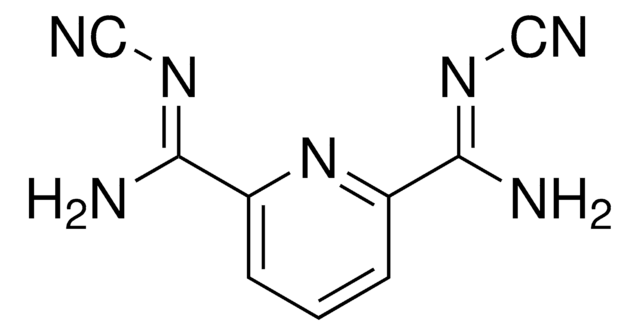

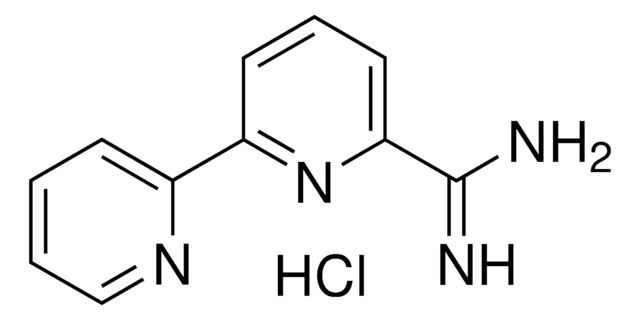
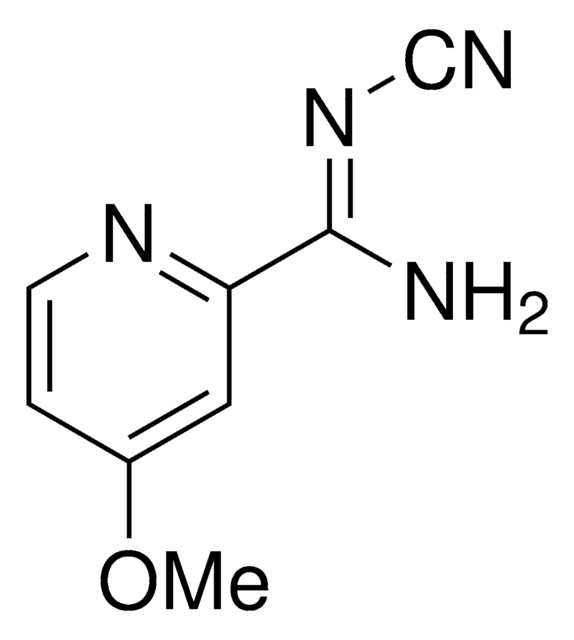
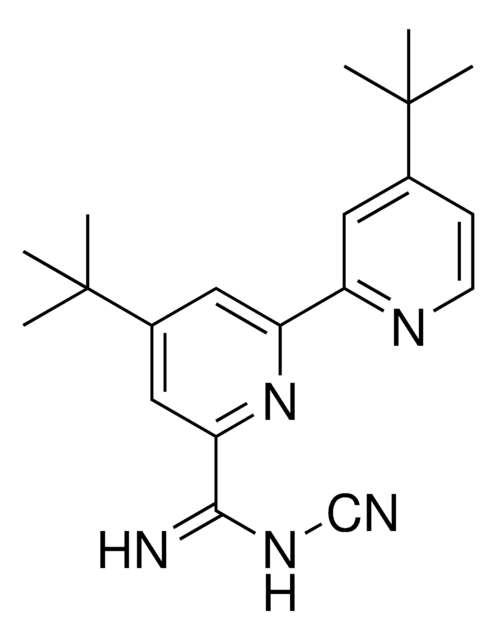
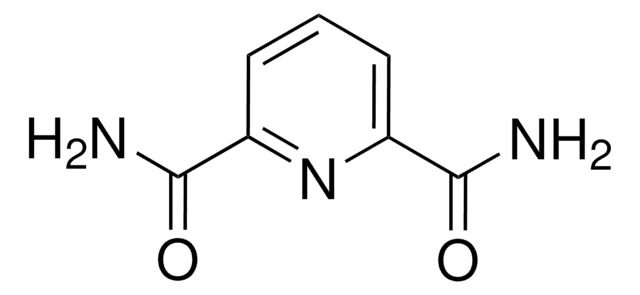
![(Ir[dF(CF3)ppy]2(dtbpy))PF6](/deepweb/assets/sigmaaldrich/product/structures/982/913/02dd8ddd-6deb-40a0-ab9b-07b18f1abb09/640/02dd8ddd-6deb-40a0-ab9b-07b18f1abb09.png)